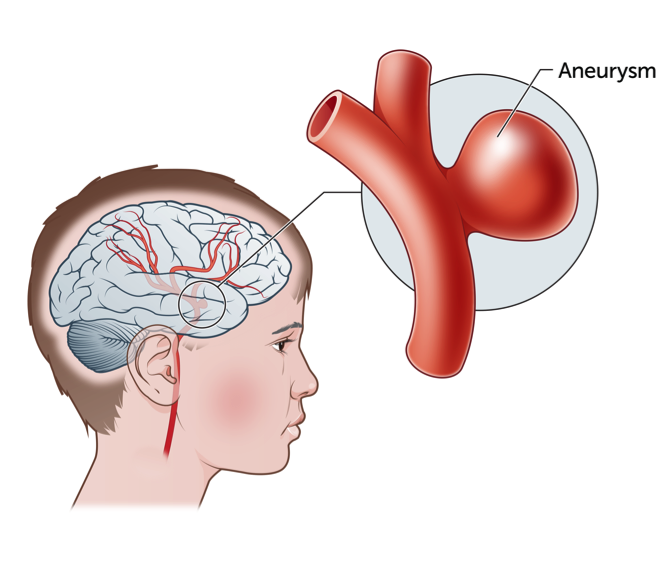What Has Happened To Nick Sheridan? The heartbroken family of BBC Scotland presenter Nick Sheridan bid their final farewell to the late journalist as he was laid to rest in his native Ireland.
Sheridan, known for his work on shows like Drivetime and Reporting Scotland, tragically passed away at the age of 32 after suffering a brain aneurysm while jogging. His funeral mass took place at St Ibar’s Church in Wexford, where his wicker coffin was adorned with a colorful wreath and pictures of the broadcaster in his youth. The ceremony was attended by a group of six pall-bearers who carried the simple casket from a hearse outside the church.
Sheridan’s career spanned reporting for Ireland’s national broadcaster RTÉ News, moving to Glasgow, and presenting for STV News and the BBC. He was celebrated for his talent as a journalist, presenter, and author, with his work bringing joy to everyone around him. His passing was announced by BBC Scotland on social media, with the BBC reporting Sheridan died after a ‘short illness’.
Tributes poured in from across the media and political spectrum, highlighting Sheridan’s exceptional talent and the impact he had on those around him. First Minister of Scotland Humza Yousaf led tributes, describing Sheridan as an ‘extremely talented journalist and author’. Journalist Robbie Armstrong shared a touching memory of Sheridan, highlighting his friend’s impact on his life and the world.
Sheridan’s co-host Fiona Stalker from BBC Scotland and Seven Days also paid tribute, expressing her gratitude for every moment spent with him. His literary agency and the Scottish Book Trust also shared their condolences, acknowledging his talent as an author and the joy he brought to his work.
The funeral was a poignant reminder of Sheridan’s significant contributions to journalism and his profound impact on those he worked with and those he touched through his work. His legacy will continue to inspire and bring joy to many.
What has Happened To Nick Sheridan? BBC Scotland Presenter IIlness & Health Update
Nick Sheridan, the award-winning BBC Scotland presenter, passed away at the age of 32 after a sudden collapse due to a brain aneurysm. This tragic event occurred while Sheridan was on a run, leading to his sudden collapse. The incident was a shock to his friends, family, and colleagues, who described him as one of the brightest human beings and a talented journalist, presenter, and author. His death was announced by the BBC on Thursday morning, marking a significant loss to the broadcasting industry and the lives of those around him.
Sheridan’s career was marked by his exceptional talent and dedication to his work. He had previously worked for STV and RTÉ in Dublin before joining BBC Scotland in 2018, where he presented shows including the flagship news programme Reporting Scotland, as well as the Nine and Seven Days. His contributions to journalism and broadcasting were celebrated, with his passing being described as a “hugely talented” loss to the industry.

The cause of Sheridan’s death was revealed to be a brain aneurysm, which had been suspected after he collapsed during his run. This revelation came after he had been admitted to the hospital the week before his death. The news of his passing sent waves of tributes from his friends, family, and colleagues, highlighting his impact on the media and his personal qualities.
Gary Smith, Head of News and Current Affairs at BBC Scotland, expressed his deep sorrow over the loss, describing Sheridan as a “wonderful colleague” and a person who “light up the lives of everyone around them.” His passing was a devastating blow to the world of journalism and a personal loss to those who knew him.
Sheridan’s death serves as a reminder of the importance of health and the unpredictability of life. His legacy will continue to inspire and bring joy to many, with his work and personality leaving a lasting impact on those around him.
Nick Sheridan’s Background and Education
Nick Sheridan’s background and education are deeply rooted in the world of football, with a family history that spans generations of coaching. Born into a family where football was a central part of life, Sheridan’s father, Bill, is a long-time assistant coach at both the college and NFL levels, with a focus on defensive line coaching at Air Force. This early exposure to the game was crucial in shaping Nick’s path, teaching him the basics of football at a young age.
Sheridan’s football journey began as a player, starting as a center before transitioning to linebacker and eventually quarterback. His father’s influence was instrumental in his development, with Bill teaching Nick how to snap in third grade, a skill that would later prove invaluable in his coaching career. Despite the family’s inclination towards defense, Sheridan’s passion for the sport led him to explore various positions, including quarterback, which he eventually became.
Sheridan’s academic journey took him to Michigan, where he played quarterback and outperformed expectations, rising to become the No. 1 quarterback. His time at Michigan was not just about playing; it was also about learning different coaching styles and strategies under two distinct head coaches, Lloyd Carr and Rich Rodriguez. This experience laid the groundwork for his future coaching career, exposing him to a wide range of offensive styles and teaching him the importance of adaptability in coaching.
After Michigan, Sheridan’s coaching career began in earnest, starting as a graduate assistant at Western Kentucky under Willie Taggart. Taggart recognized Sheridan’s potential and quickly promoted him to a more significant role, highlighting Sheridan’s ability to grasp complex concepts and communicate effectively with players. This early success in coaching was followed by a stint at Tennessee, where Sheridan worked closely with offensive coordinator Mike DeBord, further enhancing his coaching skills and knowledge.
Sheridan’s coaching philosophy is characterized by a deep understanding of the game, a willingness to seek out information, and a commitment to preparation. His approach to coaching is informed by his playing experience, allowing him to connect with players on a deeper level. Sheridan’s career has been marked by rapid advancement and a commitment to excellence, with his coaching style being described as demanding yet supportive, ensuring that his players are pushed to their fullest potential.
In summary, Nick Sheridan’s background and education are a testament to his family’s deep-rooted connection to football and his own journey from player to coach. His experiences at Michigan and his subsequent coaching roles have shaped him into a knowledgeable and effective leader in the field of football coaching.
What Is Brain Aneurysm? Explanation of The Sickness Nick Sheridan Suffered
A brain aneurysm, also known as a cerebral aneurysm or intracranial aneurysm, is a serious medical condition characterized by a bulge or ballooning in a weak area of an artery in or around the brain.

Most brain aneurysms are small and asymptomatic, but when they rupture, they can lead to life-threatening consequences such as a hemorrhagic stroke. The rupture of a brain aneurysm causes bleeding in the brain, known as a subarachnoid hemorrhage, which requires immediate medical attention to prevent severe damage.
Types of Brain Aneurysms
- Saccular Aneurysm: This common type resembles a berry hanging from a vine and usually forms on arteries at the base of the brain.
- Fusiform Aneurysm: Characterized by bulging on all sides of the artery.
Mycotic Aneurysm: Caused by an infection weakening the artery wall.
Symptoms and Diagnosis
- Unruptured Aneurysms: Often asymptomatic but can cause symptoms like pain above and behind one eye if large.
- Ruptured Aneurysms: Present with severe symptoms including a sudden, severe headache (thunderclap headache), nausea, vomiting, stiff neck, blurred vision, sensitivity to light, seizures, and loss of consciousness.
- Diagnosis: Imaging tests like CT scans, CTA scans, and MRAs are used to detect brain aneurysms.
Treatment and Prognosis
- Treatment: Options include coiling (filling the aneurysm with tiny metal coils) or surgical clipping (sealing the aneurysm shut with a metal clip).
- Prognosis: The outlook for a ruptured brain aneurysm depends on various factors, with around 25% of people dying within 24 hours and 50% within three months due to complications.
Prevention and Risk Factors
- Prevention: Avoiding activities that damage blood vessels like smoking, maintaining a healthy diet, controlling high blood pressure, and managing weight.
- Risk Factors: Include smoking, high blood pressure, family history of brain aneurysms, hardening of the arteries (atherosclerosis), aging, and genetic predisposition.
ALSO READ: What Happened to 65 Years old Brian Low?



